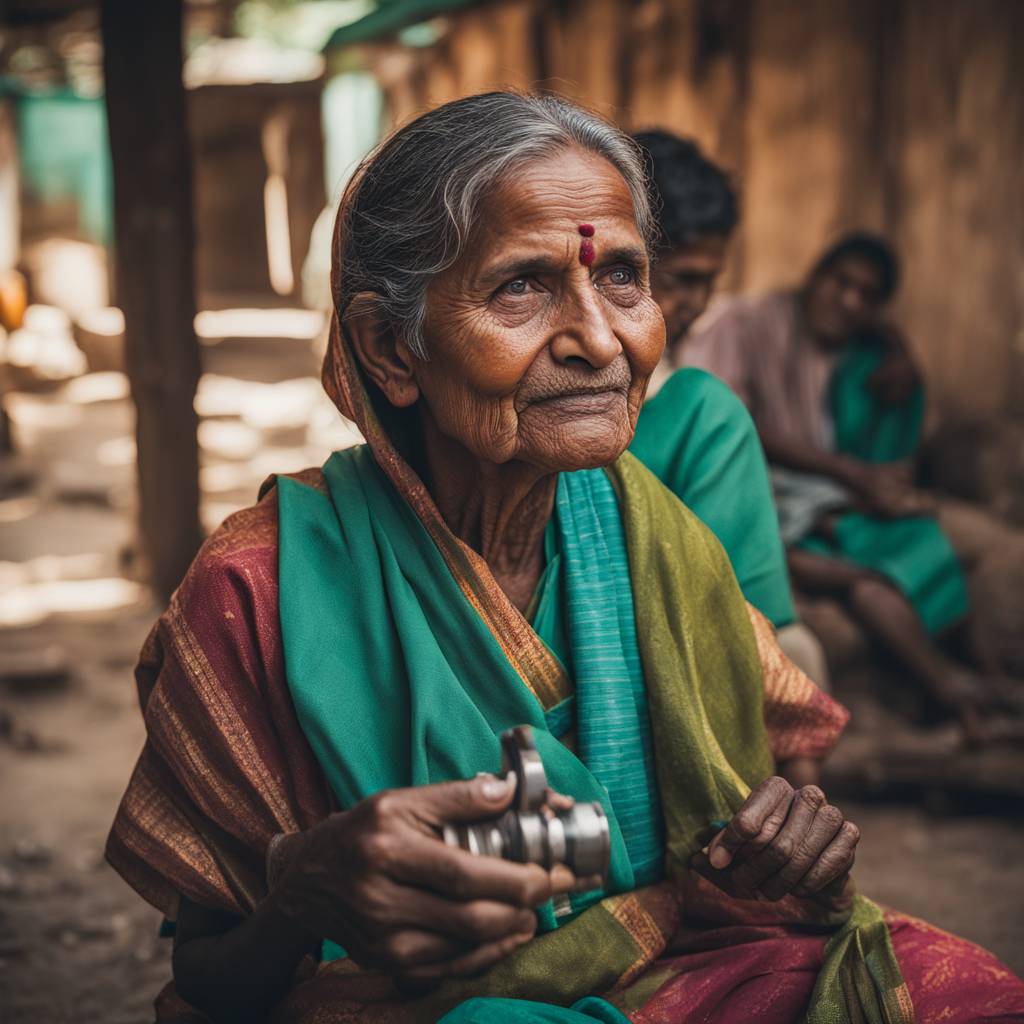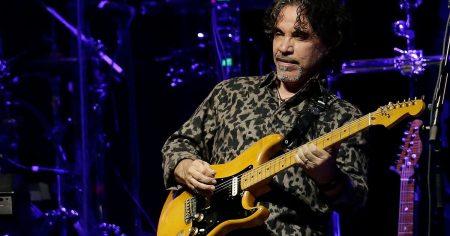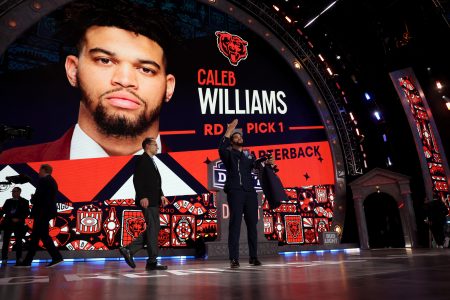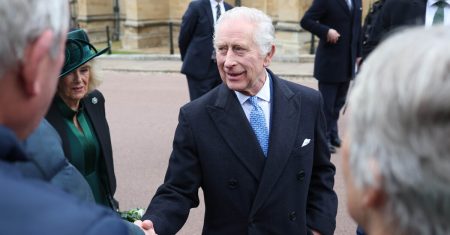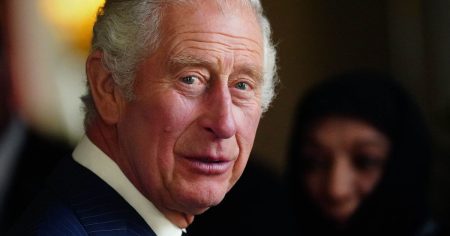Summarize this content to 2000 words in 6 paragraphs By around 2 p.m., just after lunch, activity at the critical care unit of the Jayadeva hospital in Bengaluru, India, is at an ebb. No one is running down the halls with X-rays, bills or samples of body fluids to be tested. The morning rounds are over. The doctors are gone, and the nursing shift has just changed.That’s when Girish Balakrishnappa walks in. He is a staff nurse but has the demeanor of a teacher. He starts off by asking everyone to put their phones on silent and gather around. Patients who can walk drag chairs toward him. Those who can’t walk sit up in their beds. Others are asleep, their family members taking notes for them.Over the next hour, the nurses, physicians and technicians fall back, ceding the floor to Mr. Balakrishnappa as the ward morphs into an intensive care unit classroom. The students are anxious cardiac care patients, some of whom have only just awakened from open-heart surgery, and their even more anxious families. Mr. Balakrishnappa will tell them how to cough without stressing their hearts, how to scratch without ripping open their wounds and how a pacemaker works.He will explain that having open-heart surgery does not mean the doctors will remove the heart. In India, where health care walks hand in hand with superstition, myths and luck, Mr. Balakrishnappa helps patients sift through good and bad information — a matter of life and death both inside a critical care ward and after patients are discharged.This ad hoc classroom is part of a decade-long experiment unfolding in Asia that has been testing a simple yet radical idea: If patients are most comforted by their loved ones, why not involve them in the medical process and see how that affects recovery?This approach also emerged as part of a solution to the enduring problems faced by health systems across the world that were battered by the Covid-19 pandemic. The World Health Organization estimates that between 80,000 and 180,000 health care workers may have died of Covid-19 between January 2020 to May 2021, which created a dangerous shortage in the work force.Today, India has one doctor for every 834 people, compared with a rate of around 2.4 doctors for every 1,000 people in the United States. But only 80 percent of Indian doctors are allopathic, or practicing Western medicine. The rest practice traditional healing such as Ayurveda, naturopathy, homeopathy or Unani medicine. Similar shortages plague India’s nursing industry, where there are just 1.7 nurses per 1,000 people, compared with 12.7 in the United States.Those numbers are important, but the lesson behind them is equally so: how a lack of communication between doctors and patients affects patient health. According to Noora Health, which has introduced its “care companion” program in hundreds of hospitals and thousands of clinics in India, Bangladesh and Indonesia, when medical information is properly communicated to patients and their families, not only are common post-surgery complications reduced, but so are acts of violence by frustrated family members against health care workers.“We realized that caregivers get little to no guidance within the health care system,” said Shahed Alam, a co-founder of Noora Health, a Bengaluru-based nonprofit. “Many patients do not know why they are in the hospital, what’s going to be done to them. Doctors and nurses go from patient to patient, repeating the same information.”By training hospital staff to train patients and their family members, he added, “It reduces the palpable anxiety in the ward.”During the pandemic, Noora Health’s work became even more relevant: The lockdown turned family members into primary care givers for Covid-19 patients and for those with complex illnesses like tuberculosis and cardiac problems. The organization responded by expanding virtual training programs and developing new guidelines for respiratory hygiene, mental health and health care worker safety.Many patients and their family members come to see Mr. Balakrishnappa as a therapist, coach, friend and philosopher all rolled into one. He teaches patients about everything from managing their side effects to the importance of hand washing. He wraps up each class with breathing exercises.At the end of each class, Mr. Balakrishnappa takes questions, most of which are about diet and the side-effects of medicines. Some patients wonder how much longer they will be in the I.C.U. He patiently answers every question. By the end of their stay, patients and families have fortified their bonds by sharing the sacred space of life and death.“There is strength in this. They form human connections that are needed to survive their medical conditions,” Mr. Balakrishnappa explained to me. After a full day of teaching patients how to navigate the hospital, he catches a quick lunch in the canteen when I sit down with him. I ask him if he gets bored repeating the same things over and over.“Never. If I get bored, people lose lives,” he replied. “Most of my patients are not educated, don’t speak English, and it is important that they have all the information they need, or else they will not make a full recovery.”Patients, too, tell me that the time they spend with Mr. Balakrishnappa is the high point of their day — and having high points inside a hospital is no small thing. I asked Dilip Kumar, a 9-year-old boy who spent a month in the I.C.U. after being treated for a hole in his heart, what was the most helpful advice he received. He thinks for a bit before explaining that Mr. Balakrishnappa had warned him he’d be scared when he woke up after surgery in the recovery ward.“He told me to not to panic or pull at the wire attached to me and told me that my mom will not be allowed inside the ward,” Dilip replied, “and that I have to be twice as brave inside the operating theater and in the recovery ward, where I’ll be alone. But only for a bit.”Three days after his discharge, I visited Dilip at home in the gold-mining district of Kolar, outside Bengaluru. His favorite thing about being home was that he was not “cold all the time due to the air-conditioner.” He was still wearing his face mask, as Mr. Balakrishnappa had instructed. It covered most of his tiny face but it was easy to tell when he smiled — the kind of smile many children have that goes from their mouth to their eyes.His mother, Manjula, was making sure everyone in the family was following hand hygiene as taught at the hospital. She told me that Dilip missed the nursing staff and, “of course, Girish.” She missed him too, she added. “He was a friend, and it was unexpected to make friends at such a big hospital,” she said, adding that they talk about Mr. Balakrishnappa at home all the time.“Without him, I would not have been able to go through this,” she said. “He taught me how to take care of my child.”Vidya Krishnan (@VidyaKrishnan) is a journalist based in Goa, India, who specializes in health issues. She is the author of “The Phantom Plague: How Tuberculosis Shaped History.”Gayatri Ganju is a photographer based in Bengaluru, India. Her editorial and personal works address gender and the environment. She received the Photography Award from the Musée du Quai Branly in 2022 and is currently a Magnum fellow.The Times is committed to publishing a diversity of letters to the editor. We’d like to hear what you think about this or any of our articles. Here are some tips. And here’s our email: [email protected] The New York Times Opinion section on Facebook, Instagram, TikTok, WhatsApp, X and Threads.
Keep Reading
Subscribe to Updates
Get the latest creative news from FooBar about art, design and business.
© 2024 Globe Echo. All Rights Reserved.





